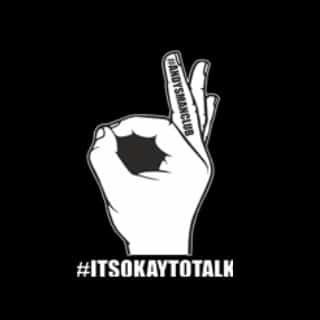Online interviews are here to stay. While there is nothing quite like the face-to-face experience, video is a low cost, convenient way of conducting a first interview. It also gets around travel and distance issues. There is so much going for video interviews that now we have all accepted them as standard practice, and they will most likely continue. Meeting someone through the lens is very different from meeting them face to face, though, so how do you nail that video interview?
DON’T LOOK INTO THEIR EYES BUT REMEMBER TO LOOK INTO THEIR EYES
Remember how you were always told to look directly at the person interviewing you because eye contact was important? Well, it still is. However, where their eyes are on screen is not where their eyes are from their perspective. To look directly at the interviewer on screen, you need to look into the camera. To make it easier, set your camera so it is very slightly above eye level and definitely never below eye level. The difference is that in the first position, you will naturally be looking into the person’s eyes; with the second, you will be peering down at them. You want to look interested, not like you are telling off a child. If you want proof of how important all this is, in your next few zoom or facetime calls, notice how people appear to be looking at something else when in fact, they are looking at your screen image… or are they?
SPEAKING OF BEING ON SCREEN, TRY TO IGNORE YOUR OWN IMAGE
You are in an interview, and you will want to look your best, so sitting in front of what is essentially a mirror is going to make it hard to avoid looking at yourself to check your appearance. It’s fine to take a quick glance now and again to check you haven’t started to slouch or similar, but if you watch yourself on screen too much, it will be noticed by the interviewer. Also, there will be the temptation to adjust your hair or clothing constantly, which makes you look nervous.
WHILE WE ARE ON THE SUBJECT OF HAIR AND CLOTHES…
Still do them as if you were attending a face-to-face interview. Dress appropriately, do your personal grooming, and sit up – in fact, we suggest you get a straight-backed chair instead of a comfortable one, so you don’t slouch. This is as much for you as it is for the interviewers. When you dress right, you feel good, and when you feel good, you feel assertive. Your appearance is really important; it shows the interviewer that you care, as well as boosting your own confidence.
TALKING ABOUT APPEARANCES… CHECK THE TECH, FRAME AND BACKGROUND
Don’t leave it to chance. Test your equipment and make sure the sound and video are both clear. Also, take a really close look at your background. Nobody wants to see discarded clothing or an untidy room. Similarly, check what can be seen on shelves and so on. I cannot tell you how often I have been on zoom calls with someone and found myself reading the titles of the books in the background. Use a plain backdrop or something that isn’t going to distract the interviewer. Frame yourself on screen appropriately with some headroom above you to about your mid-chest level. Unless you are one of those people who use their hands a lot while talking – in which case, move back a little from the camera and keep the same headroom on screen so that the interviewer can see your hands.
THAT REMINDS ME… LOSE THE POTENTIAL DISTRACTIONS
It’s only funny when a toddler comes in or a cat attacks during a TV news programme. If it happens to you during your interview, it could give the impression you didn’t prepare properly. Don’t order your weekly shop to be delivered or buy anything from Amazon the day before either. The last thing you need is to have someone hammering on the door, or worse still, get up to answer it and go off screen.
THINGS OFF SCREEN CAN HELP, THOUGH
How often have you left an interview and remembered all the things you intended to say but didn’t because you forgot? Why not stick post-it notes around the edge of your screen to prompt you? Anything the camera can’t see is invisible to the interviewer. Little bits of research on the company, information about the job spec, questions to ask when the inevitable ‘have you anything to ask us’ moment comes up, are all things that can be jotted down and stuck up where the interviewer can’t see them. When that potential mind blank moment comes, you will have prompts to remind you.
Video and in-person interviews have a lot of similarities, but recognising and adapting to the differences could be the difference that makes you stand out.
If you need help preparing for a video or in-person interview, contact us, and we’ll be happy to help.





